Iceland Ring Road – Top Dozen Destinations
The main road that lassoes the central landmass of Iceland, known as Route 1, is one of the world’s most spectacular, surreal, and outlandish ring roads.
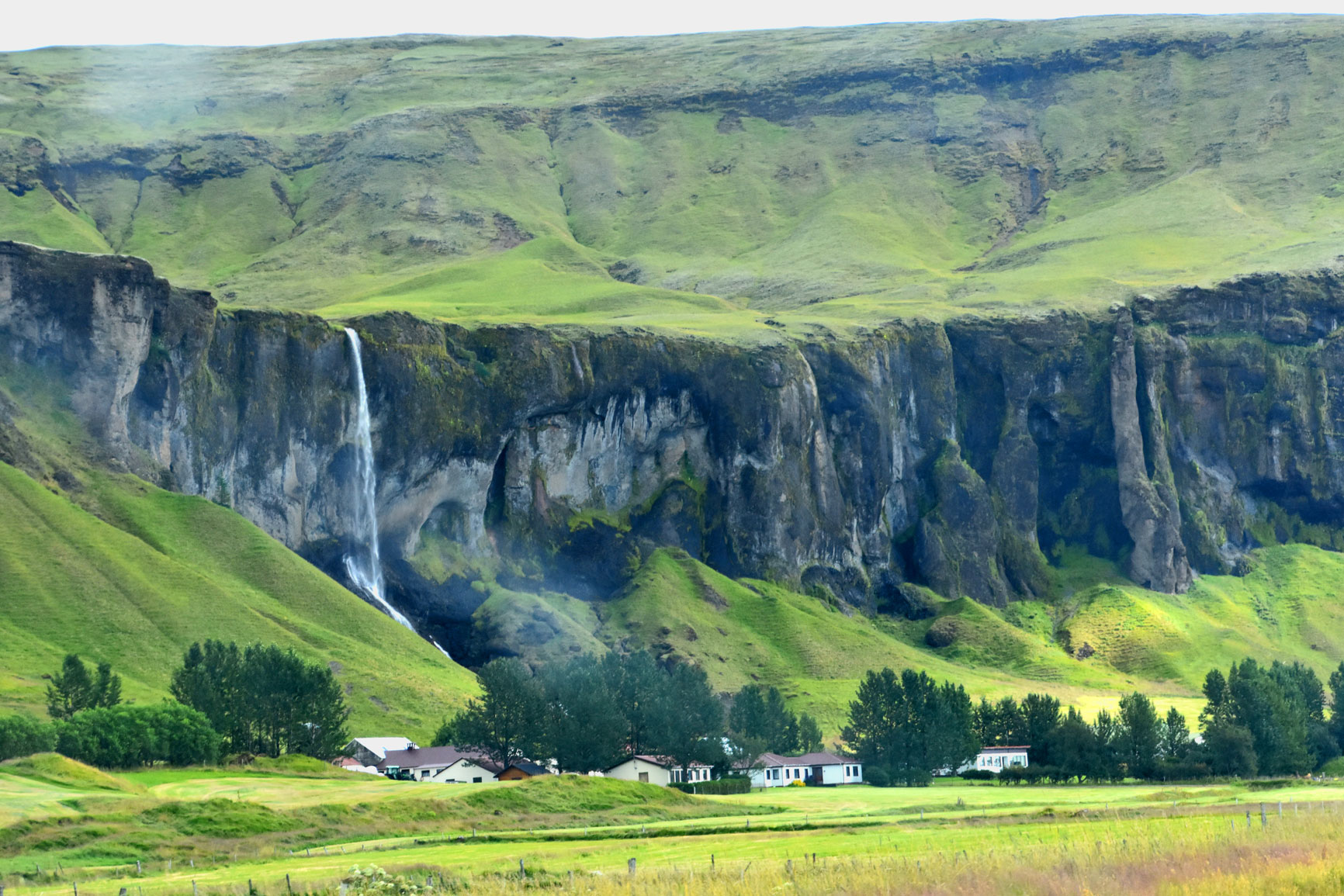
Covering 1,322 kms (828 miles), this two-lane highway offers jaw-dropping vistas over astonishing natural phenomena. At every turn you are greeted with yet another outta-planetary panorama, made more spectacular with the everchanging light. A fairytale, dreamscape ambiance shrouds huge swathes of deserted countryside.
To do the orbital road justice you will need at least 10 days, ideally 2 or 3 weeks. You must also be ready for dramatic changes in weather. Temperatures can radically drop in an hour, and the Nordic wind can cut you in half if you’re unprepared.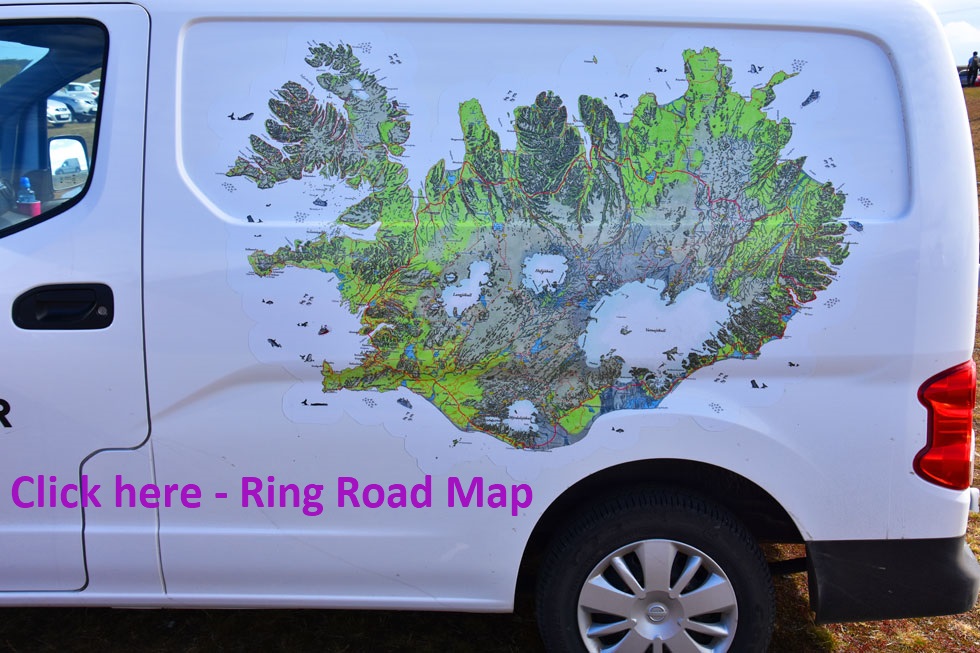
Your packed boot needs to include bits and bobs for emergencies (sleeping bag, emergency blankets, first aid kit), as well as creature comforts (duty free favourites and preferred foods) as you’ll have little access to any expansive shopping once you leave Reykjavik. Indeed, it is probably better to bring equipment from home.
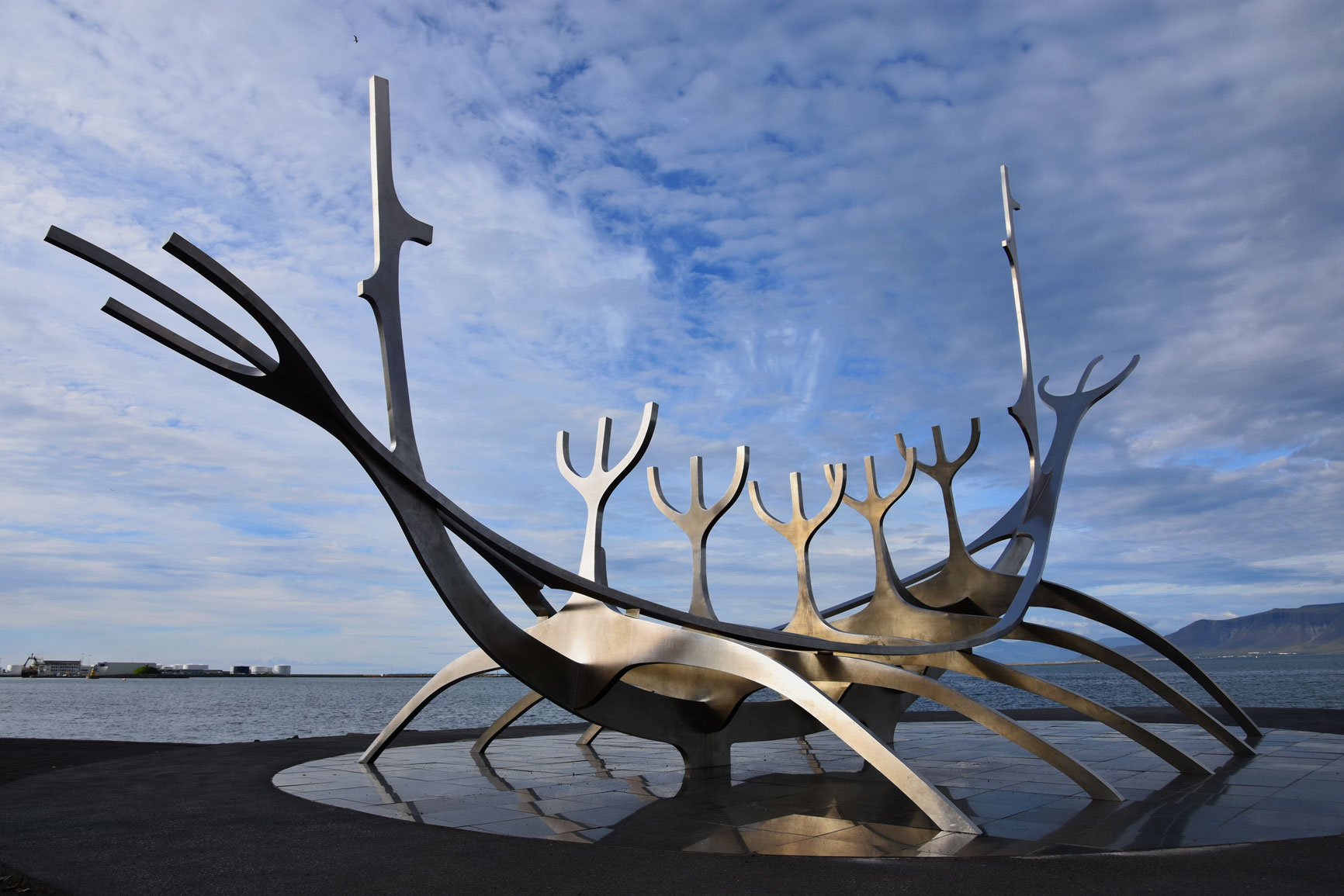
I loved every minute of the journey and highly recommend allowing as much time as possible. Ideally, I would suggest heading out eastwards from Reykjavik, following the south coast road and returning to the capital from the north west.
Although one of the beauties of this trip is that you can park up and explore to your heart’s content from almost anywhere along Route 1, my ‘Top Dozen Destinations’ are:
- Geysir Strokkur
The most famous of all geysers, located in the Geyser Geothermal Area. Boiling water blasts up to 40m into the sky, every 5 or 10 minutes. Surrounded by mud-pits, hot springs, bubbling mud pools and smaller geysers, this Haukadalir Valley display is great fun.
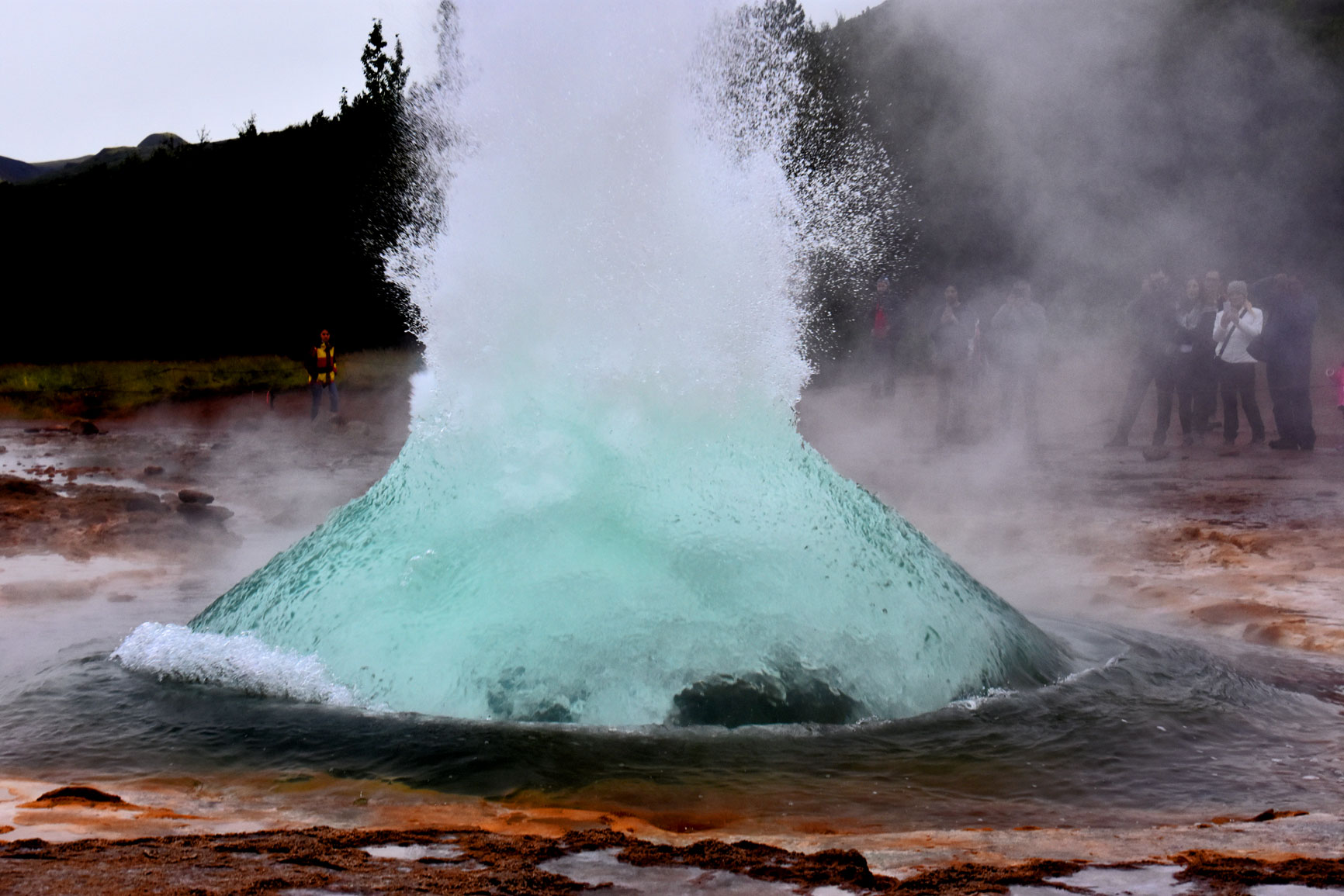
- Gullfoss Waterfall
Located over a plunging gap in the Hvítá River Canyon, Gullfoss (translated to ‘Golden Falls’) is within two hours of the capital. Dramatic and unusual in its shape, the nature of it takes you by surprise, as it plunges down into the 70m deep Gullfossgjúfur canyon.
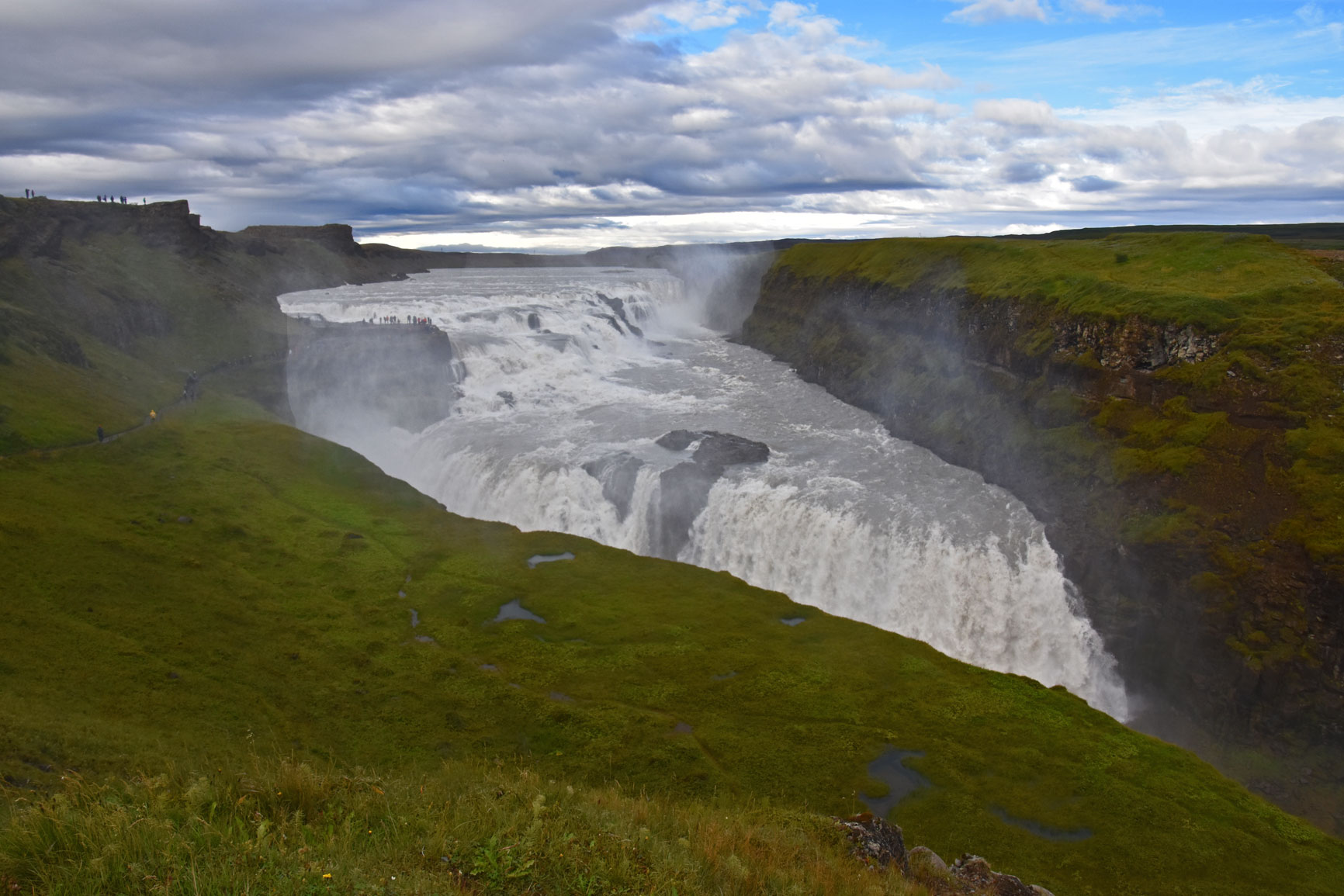
- Seljalandsfoss
However many waterfalls you encounter, Seljalandsfoss will be one of your favourites. Especially with its behind-the-curtain views across the surrounding twilight countryside. Deafening, and mesmeric in its 60m cascade, it’s guaranteed to give you a good soaking. Cameras, as ever, at the ready.
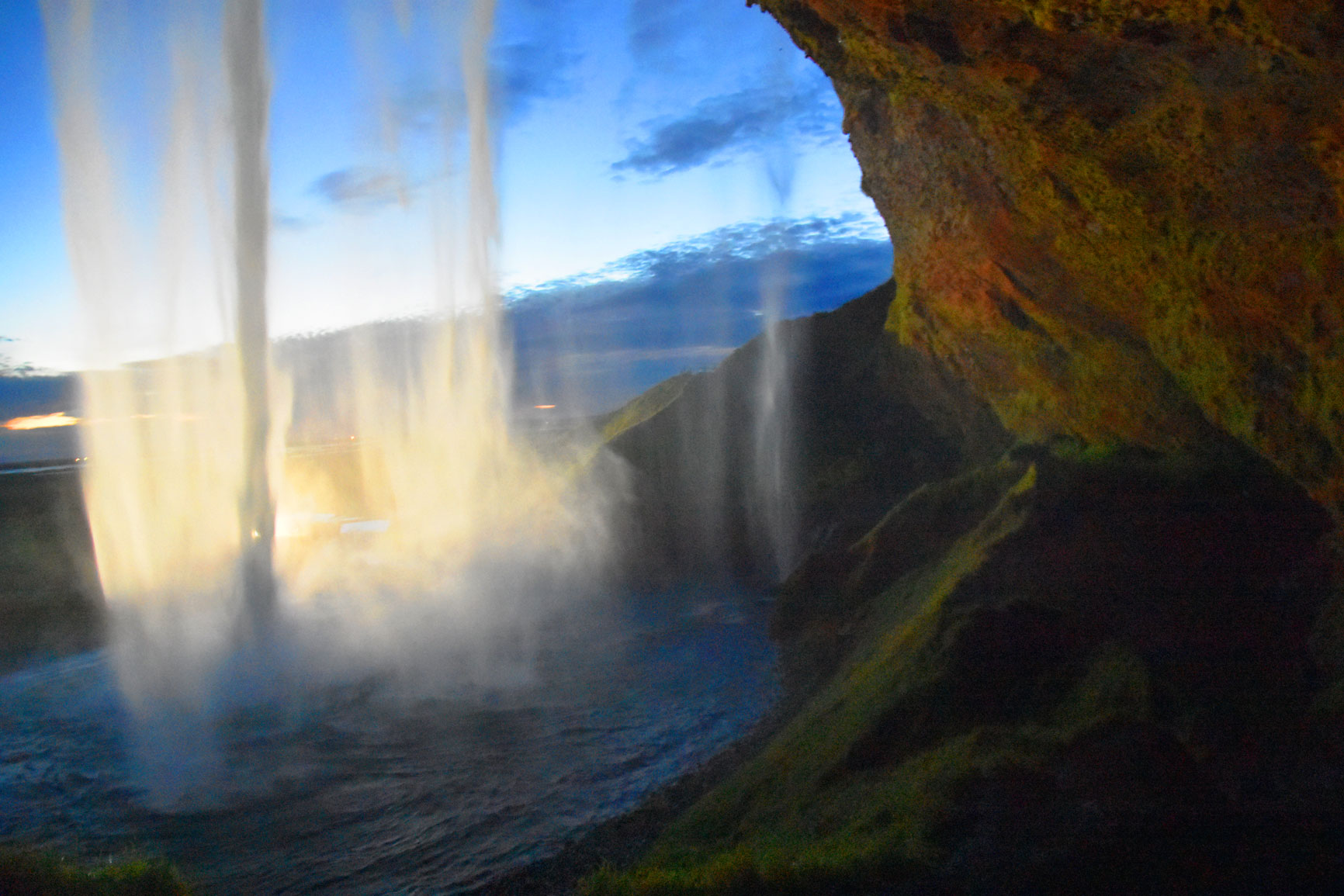
- Skógafoss
Plunging over a 60m cliff face, this immaculate waterfall is as spellbinding as any other on the island. Legend has it the 25m wide curtain of water lands on the point where Þrasi Þórólfsson, the first Viking settler, buried his treasure. It has the added attraction of offering a climb up the easterly path, parallel to the Falls, which means you can follow the trail to the Fimmvörðuháls Pass between the glaciers Eyjafjallajökull and Mýrdalsjökull.
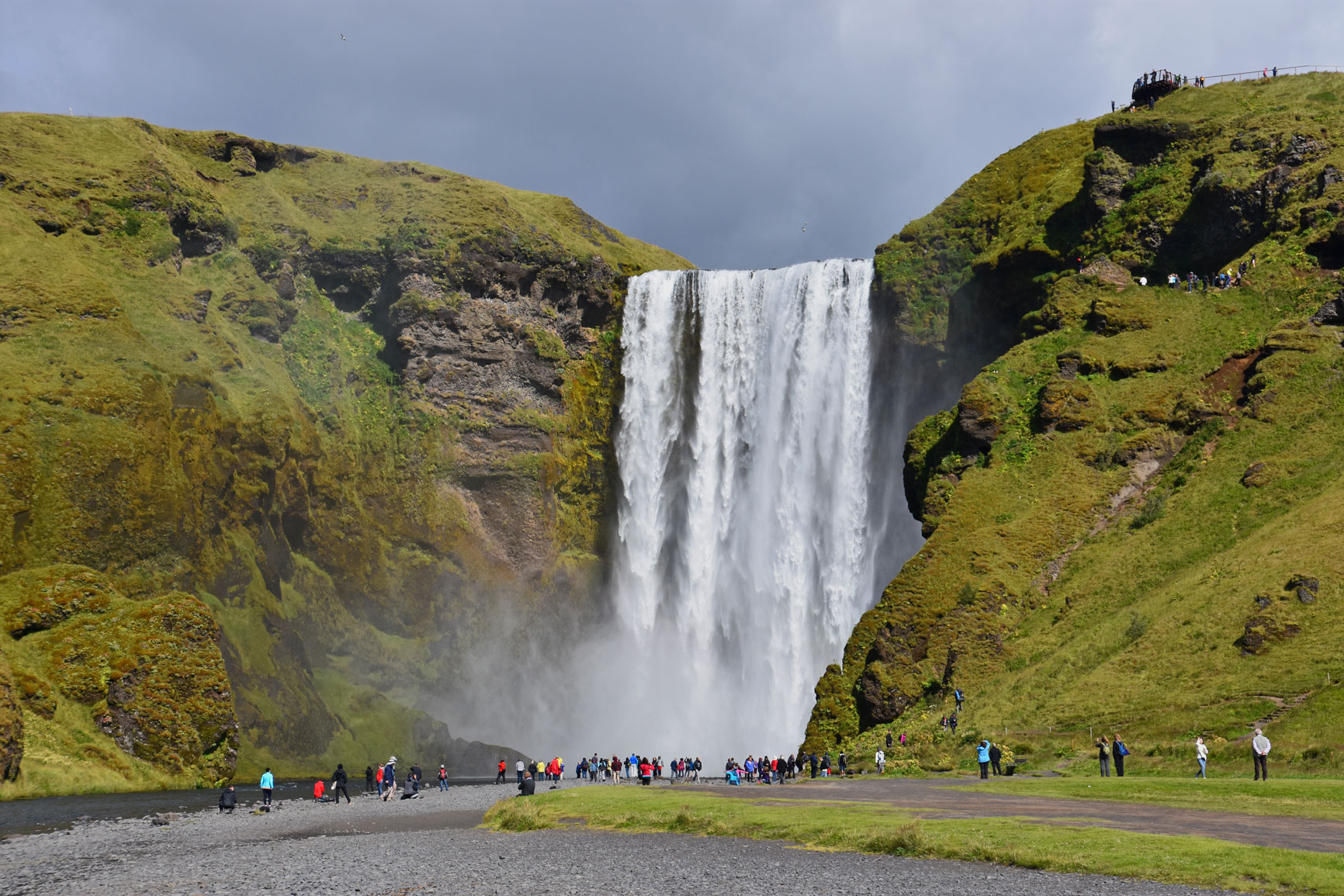
- Vík Black Sand Beaches
A gentle low-lying south coastal village with dramatic black sand beaches, dominated by the Dyrhólaey Peninsula. The settlement’s wooden church, which overlooks the beach and distant Reynisdrangar sea stacks, is also within easy access of the dramatic basalt columns and coastal caves.
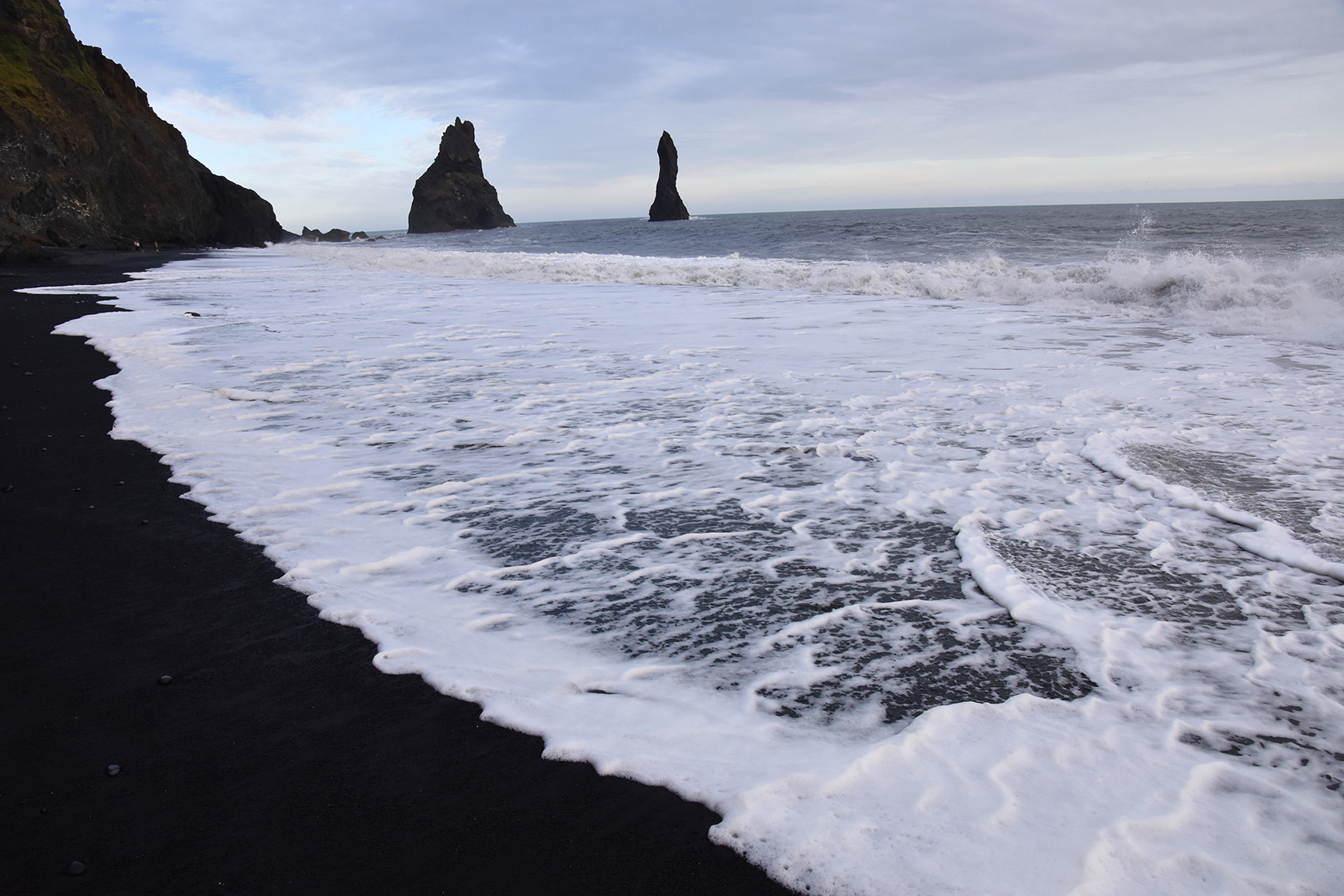
- Skaftafell Nature Reserve
Offering one of the island’s most impressive and easily accessible glacier coastal trekking opportunities. Parking at the foot of the Skaftafell Glacier region (near the visitor centre), you can embrace the dramatic climb through an abundance of colourful flora to higher waterfalls, before trekking to the awe-inspiring cliff top views overlooking the vast and eerily creaking and cracking glacier.
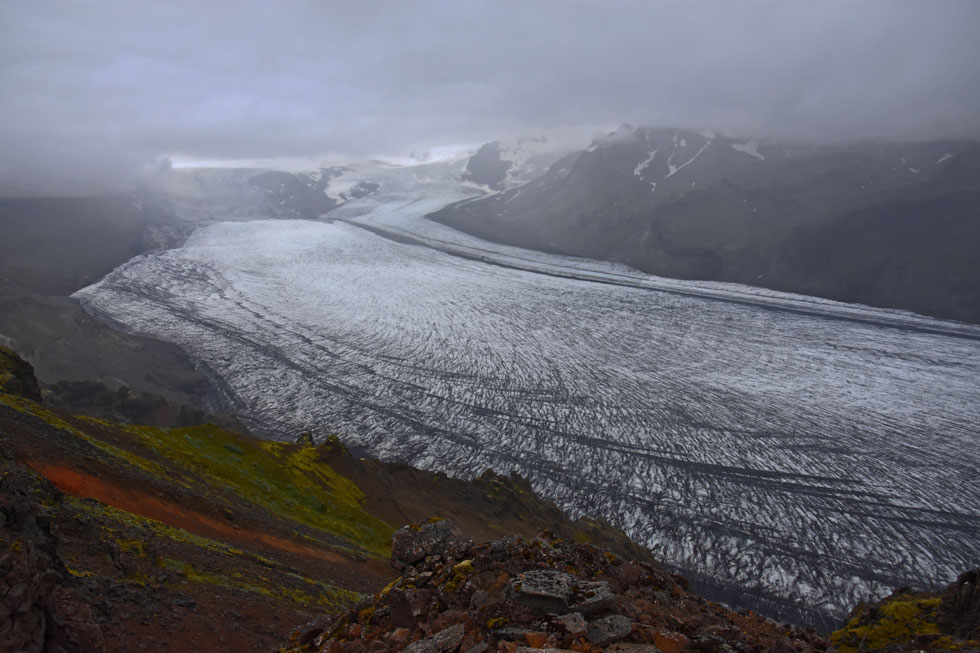
- Jökulsárlón Glacier Lagoon & Diamond Beach
An iconic location and highlight of any trip to Iceland. The view across the flotilla of broken icebergs as they drift down from the distant Jökulsárlón Glacier, towards the sparkling black sandy beach, is transfixing. If you are lucky to get a sunny day, you will be exploring this region for hours. The icebergs pass from the open inland lagoon, through the passing sky-blue river, like giant ghosts in the night. Once deposited in the ocean, the black beach appears to be littered with magical sparkling gems.
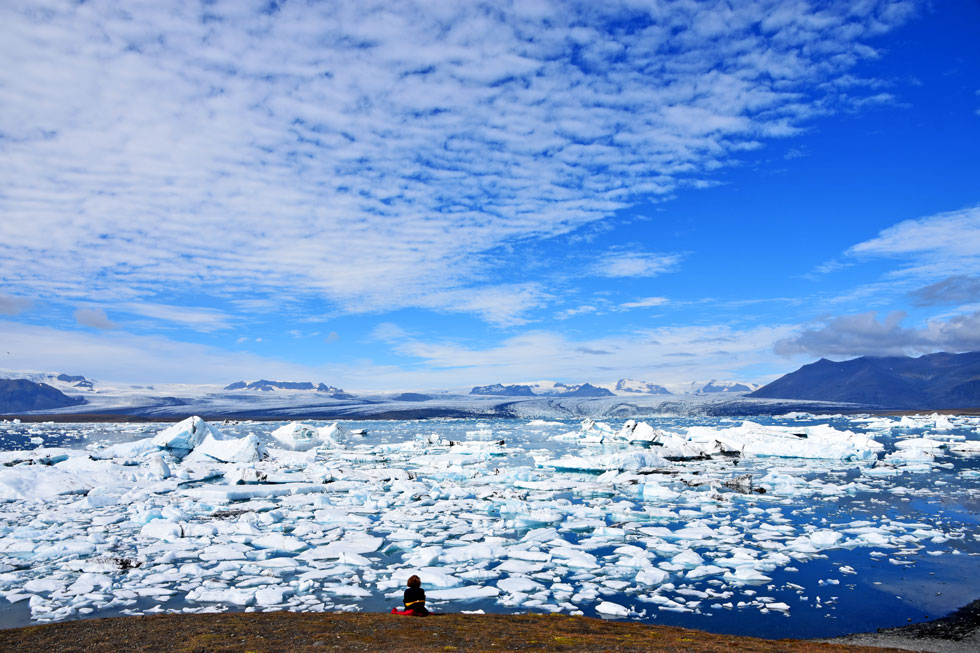
- Fáskrúðsfjörður fjordland coast
Serene east coast fjords hug this gentle yet spectacular coastal area, offering opportunities to drift along at the pace of the local fishing communities. Whether picnicking, trekking, or gently driving around the soft inland waterways that loop around this coastal area, the best advice is to slow down, listen to the birdlife and maybe even spot a drifting pod of whales.
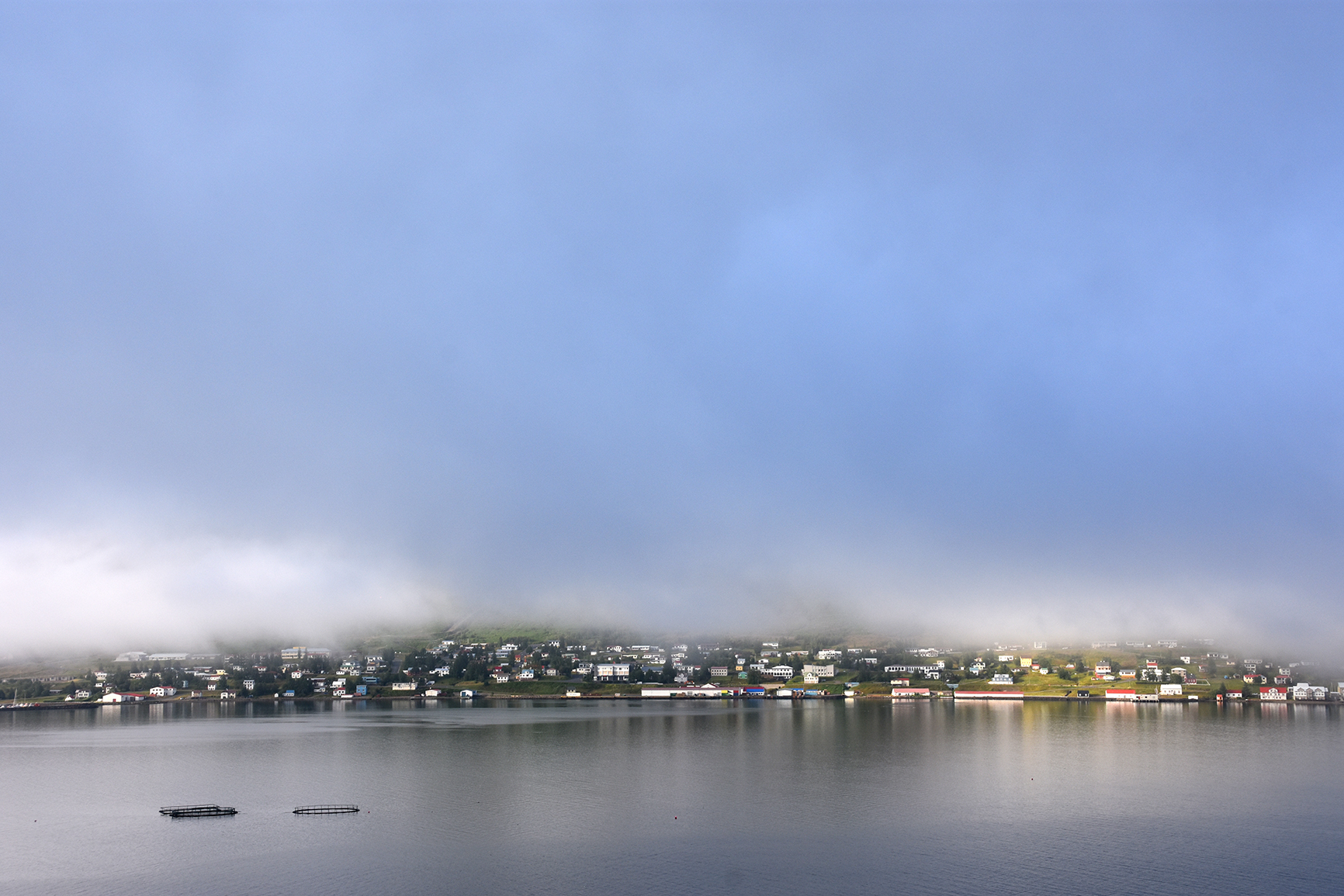
- Hverfjall Volcano (Lake Mývatn)
Climbing and hiking around this oval shaped volcano ring of Hverfjall is magical. The feeling of isolation is overwhelming, as if you have just landed a spaceship on another planet, particularly with the black-stone crater giving out an almost spellbinding atmosphere. All matched by the impressive views across to Lake Mývatn. Wrap up though, as the Arctic breeze can turn you as cold as stone.
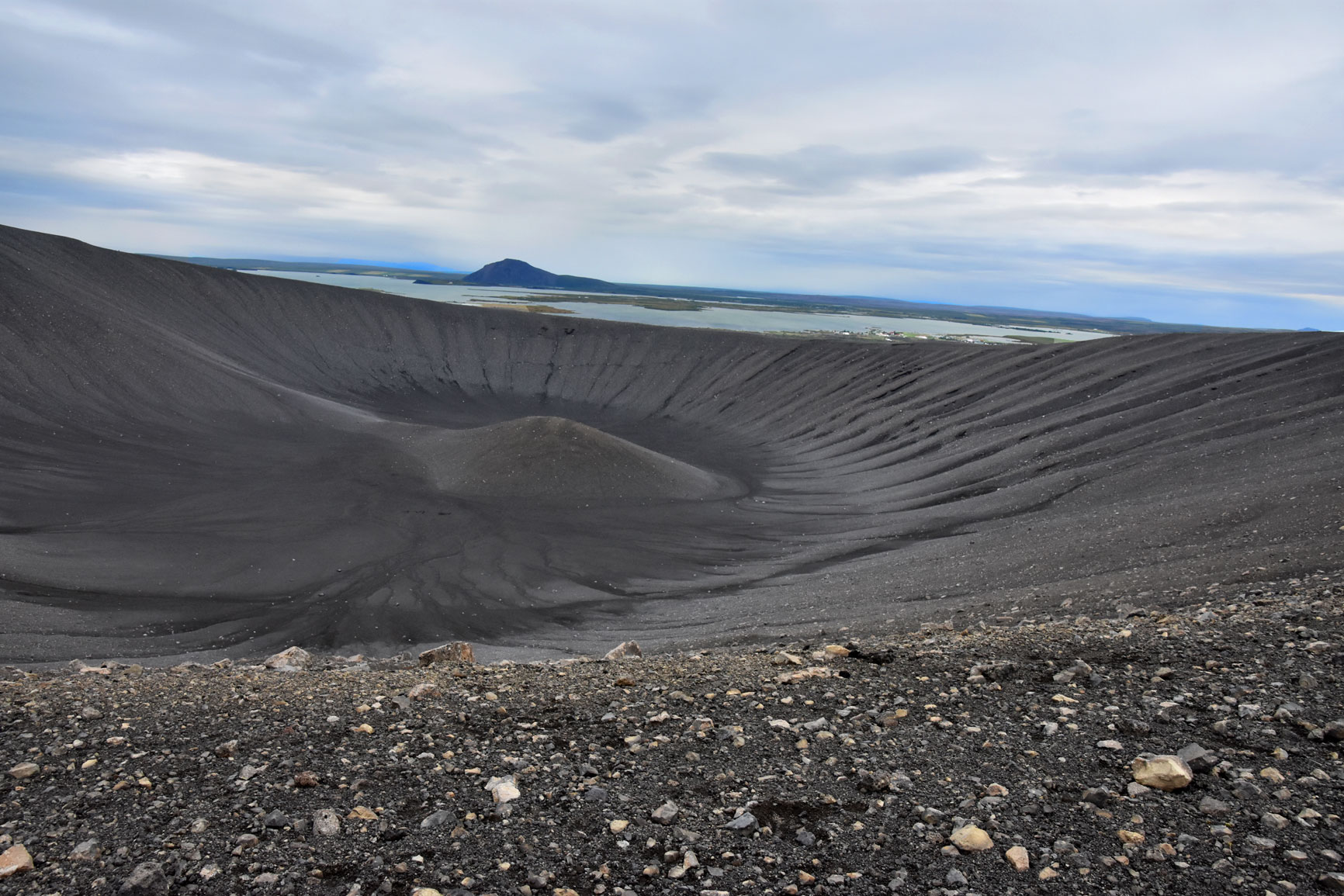
- Dettifoss Falls
At 100m wide and 45m deep, with meltwater flowing from the Vatnajökull glacier, the Jökulsá á Fjöllum River’s plunge at Dettifoss is reputed to be Europe’s most powerful waterfall. Which, when you stand next to it, is no surprise. It’s bone shaking and totally deafening when you’re perched next to the main curtain drop. Set in a wide and stunning canyon, both sides of the falls offer very different and exciting views.
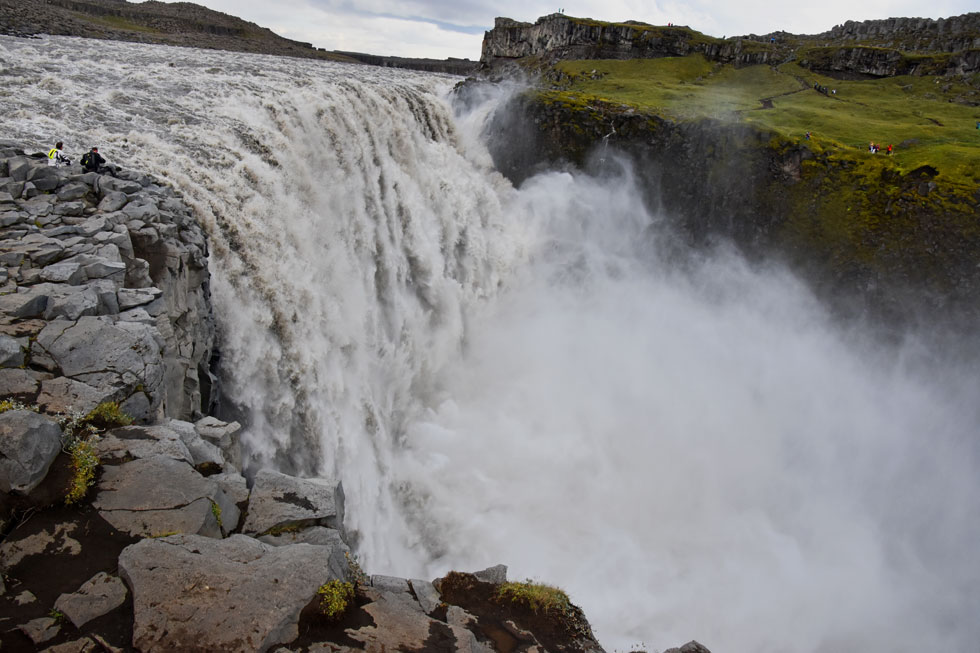
- Hverir Boiling Mud Pits
Located a few clicks from Lake Mývatn, this Mars-like landscape drops you straight into a sci-fi film set. Boiling geothermal mud puddles and eerie steam fumaroles swirl around amidst the Arctic winds. Throw in the strong waft of hydrogen sulphide, hissing natural steam vents, stalactite stacked rock piles with gypsum and silica funnels, and you feel as if you could be anywhere in our solar system, or beyond.
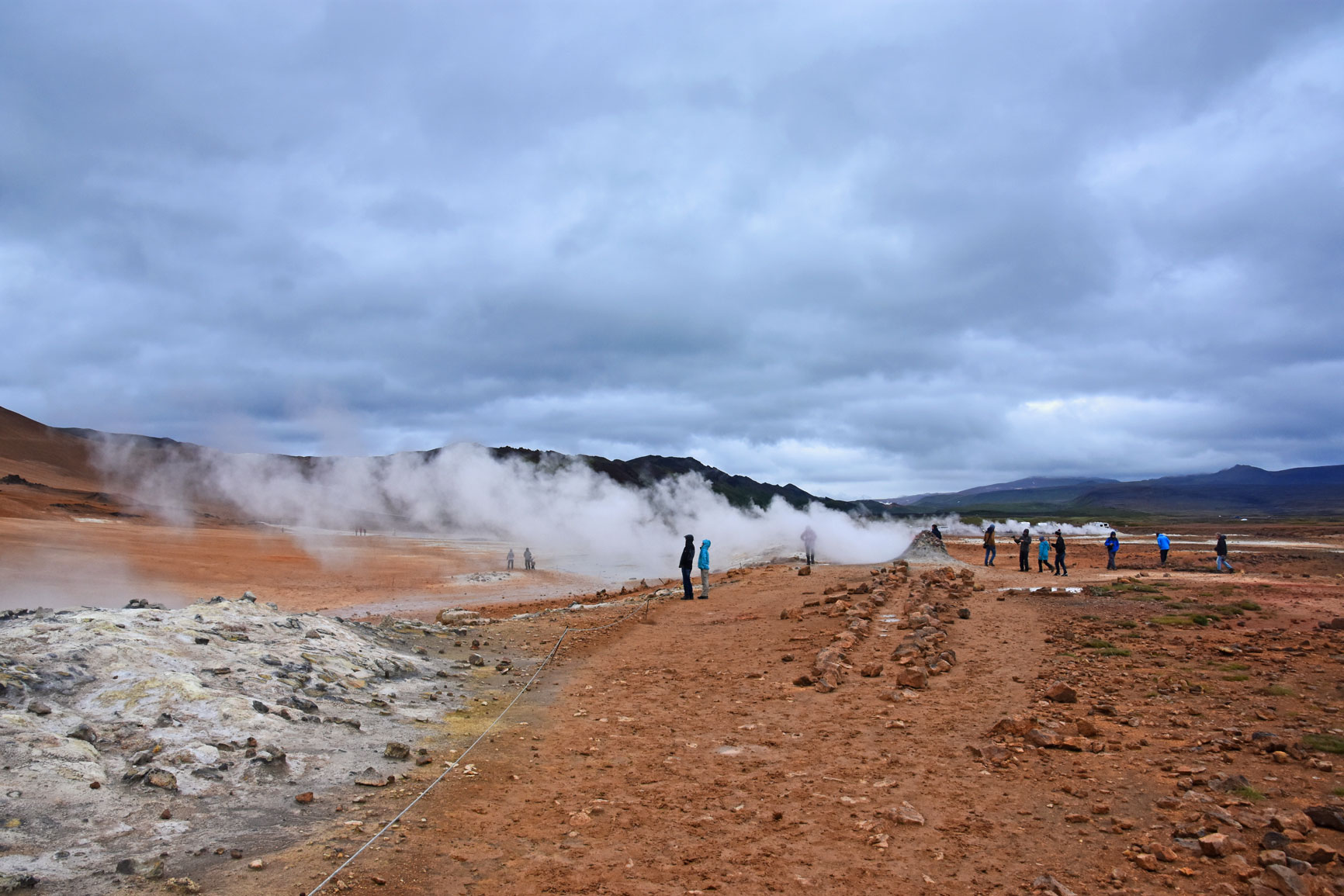
- Grenjaðarstaður Turf Farm
A Hobbit-style experience. Charming in its open plateau setting with views down to distant ocean. A chance to appreciate the island’s old-school Presbyterian culture with austere, peaceful church and impressive museum. An amazing hamlet of turf farm buildings, showcasing the traditional hardships of survival in this remote part of the world.
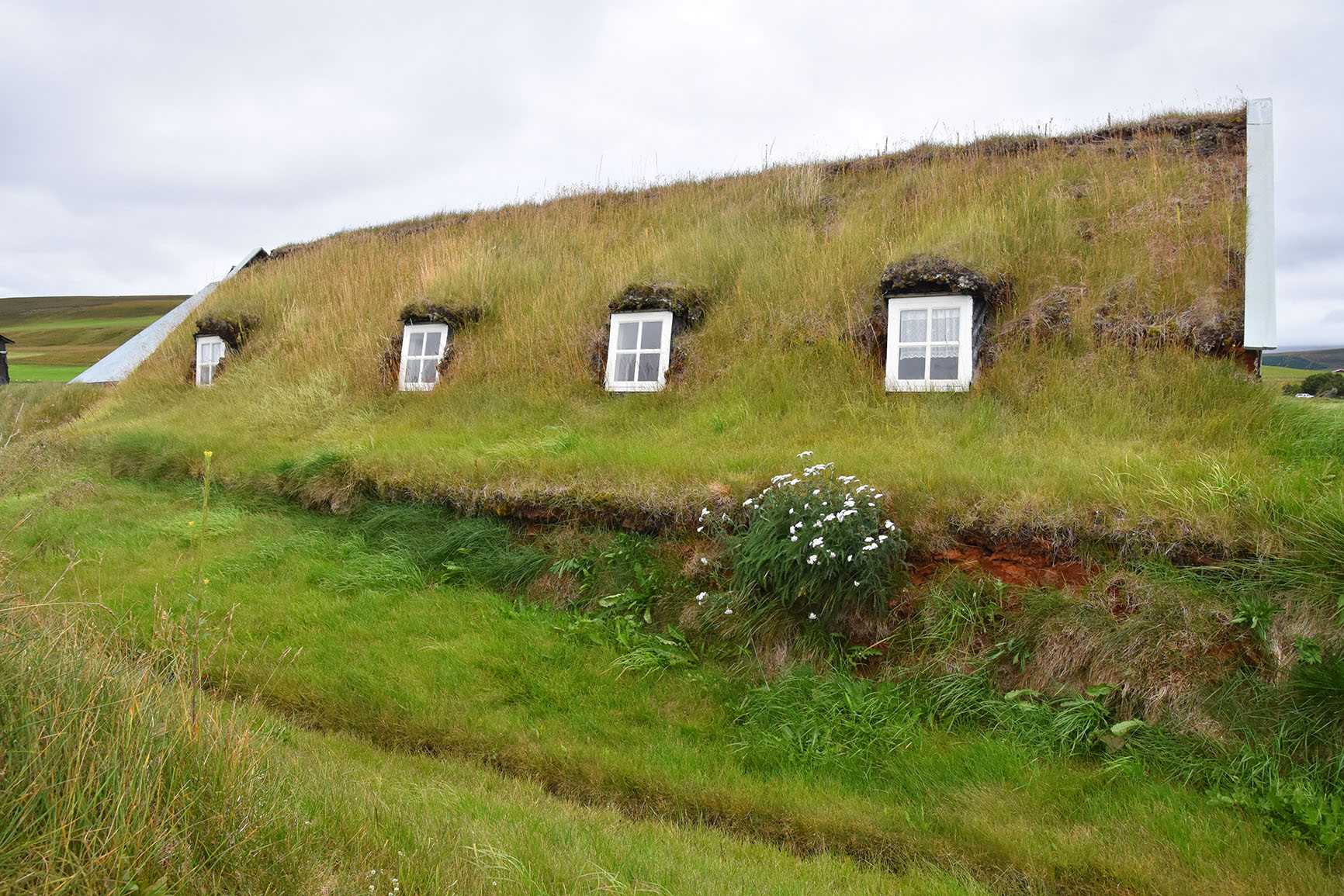








Leave a Reply
Want to join the discussion?Feel free to contribute!